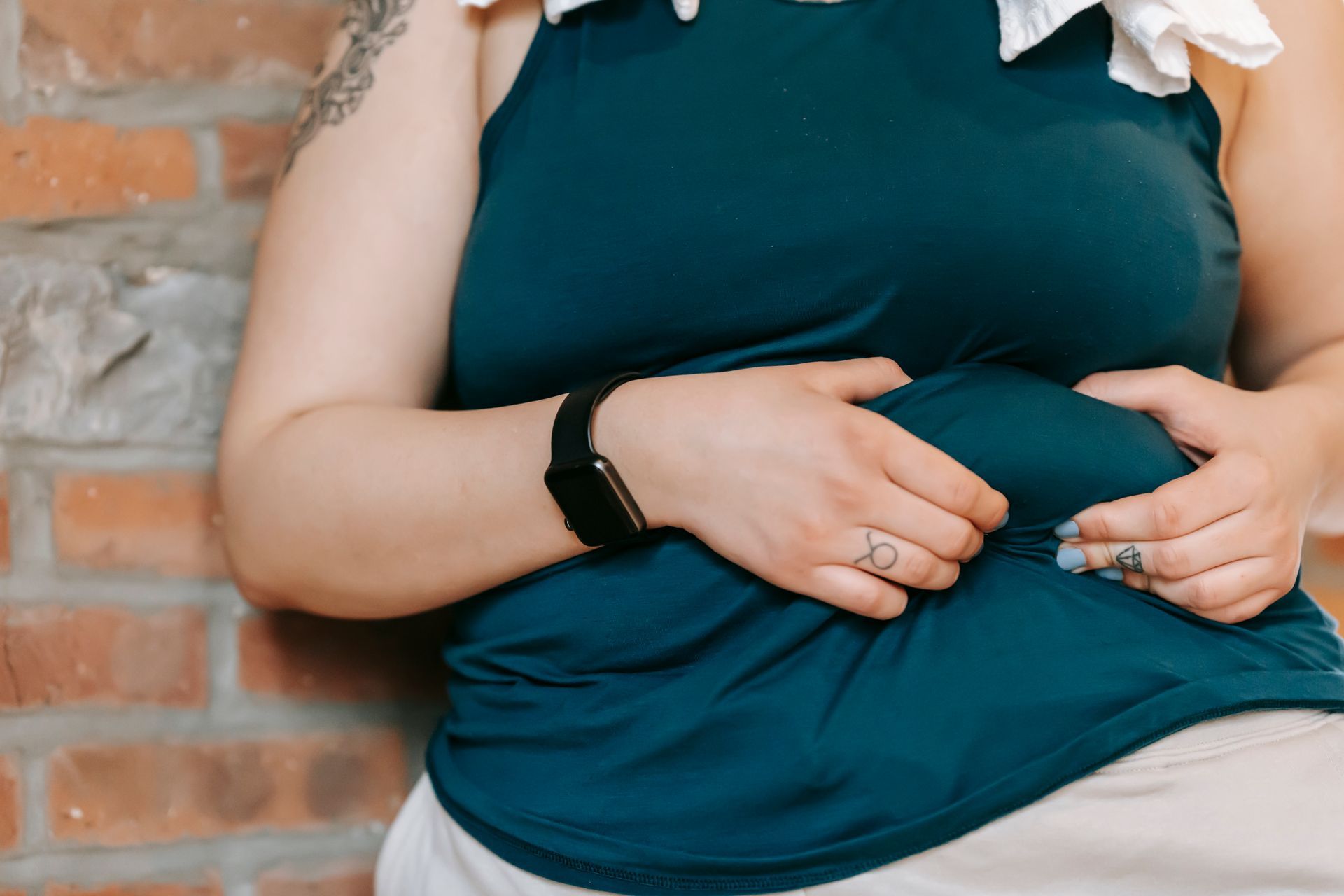What is a WATCHMAN Device? Why do I need it?

The WATCHMAN device has been introduced as an alternative to anticoagulant drugs (blood thinners) in patients with atrial fibrillation (AF). It has reduced the bleeding complications associated with blood thinners and is used in AF patients with normal heart valves. AF causes the atria (smaller chambers of the heart) to beat at a very rapid rate which impairs the normal contractile power of the atria leading to blood stasis and clot formation. Clots can dislodge and cause complications like stroke.
The left atrium is the most common site of clot formation because it has an extra communicating small cavitary structure called the left atrial appendage (LAA). The WATCHMAN device is implanted in the LAA to seal it permanently from the main atrial cavity. It is a self-expanding device designed in a parachute shape containing numerous anchors at one end and a fabric cap at the other end. The fabric end faces the main atrial cavity. The heart’s inner layer—the endocardium—grows over the fabric cap after implantation and seals the LAA from the main atrial cavity.
Images of a WATCHMAN device are available here.
When Do I Need a WATCHMAN Device?
If you have AF with normal heart valves and you need to take blood thinners plus any of the following:
· Previous history or future risk of bleeding.
· Occupation or lifestyle that increases the risk of bleeding e.g., Contact sports.
· Noncompliance with medications.
· Intake of other drugs that have possible interactions with blood thinners, therefore, increasing the risk of bleeding. 1
Are There Preprocedural Requirements?
Your doctor will assess you through a detailed history, examination, and certain blood and imaging tests. These are necessary to determine the indications or contraindications, and the size of the device. One important imaging test of the heart is transesophageal echocardiography (TEE). It is an invasive test in which a probe is inserted into the esophagus.
What are the Contraindications for WATCHMAN Device Implantation?
The device is not recommended if you have:
· A low risk of stroke based on a scoring system, which considers certain health conditions.
· A disease related to heart valves.
· An active infection.
· Left atrial clot or tumor.
· Presence of a defect or a device in the septum between the right and left atria.
· Left atrial appendage with significantly short depth.
· Another health condition that necessitates the need for blood thinners.
· High risk of bleeding with short-term therapy of blood thinners.
How is The Procedure Performed and what are possible complications?
You will be moved to a special room—the catheterization laboratory—where different procedures are performed on blood vessels and the heart through the insertion of a catheter into blood vessels. You will probably be sent back home the same or the next day. During the procedure:
· You will be deeply sedated to avoid complications caused by movement.
· You will be given the antibiotic drug for the prevention of infection.
· You will be given a dose of blood thinning drug directly into your veins via an IV.
· A catheter will be inserted into the major vessel of the thigh and directed to the heart through continuous imaging.
· WATCHMAN device will be inserted into the LAA.
Various complications can occur during or after the procedure, but the most dangerous complications are:
· Fluid accumulation in the cavity around the heart.
· Perforation of heart tissue.
· Dislocation of the device.
· Clot formation due to the device.
· Persistence of the defect in the septum between atria due to catheter. penetration.
· Stroke. 2
Will I need Follow-up visits and Medications?
You need to take a blood thinning drug and aspirin for at least six weeks to prevent the complication of device-related clot formation.
After six weeks, the doctor will assess the status of the device implantation. If implantation is successful, the blood thinning drug will be stopped. It will be replaced by another drug with less potential for bleeding complications.
After six months, aspirin must be continued indefinitely.
Has WATCHMAN Device Proved to Replace Blood Thinners?
Thousands of patients with WATCHMAN device implant were followed up for years. The results showed that the device was almost equivalent to blood thinners in the prevention of stroke, and the bleeding risk was significantly lower than those of blood thinners. Hence, WATCHMAN device has been accepted as an alternative to blood thinners in AF patients with normal valves. 3
Ask your doctor if a WATCHMAN device would be beneficial in your situation.
References:
1. Akinapelli A, Bansal O, Chen JP, et al. Left Atrial Appendage Closure – The WATCHMAN Device. Curr Cardiol Rev. 2015;11(4):334-340. doi:10.2174/1573403X11666150805115822
2. Agasthi P, Arsanjani R. Catheter Management Of Left Atrial Appendage Closure Devices. In: StatPearls. StatPearls Publishing; 2022. Accessed September 24, 2022. http://www.ncbi.nlm.nih.gov/books/NBK557458/
3. Magdi M, Renjithal SLM, Mubasher M, et al. The WATCHMAN device and post-implantation anticoagulation management. A review of key studies and the risk of device-related thrombosis. Am J Cardiovasc Dis. 2021;11(6):714-722.
Thank you for reading Patient Education Essentials, the Write Shift RN blog.
Disclaimer: This article was written as a guest post for Write Shift RN LLC's blog. The information in it may not be wholly fact-checked or edited, allowing the reader to see the writer's work and skills firsthand.
This information is not intended as medical advice. It is for informational and educational purposes only. Always talk to your doctor or other qualified healthcare providers about any questions or concerns you may have regarding medical conditions.











